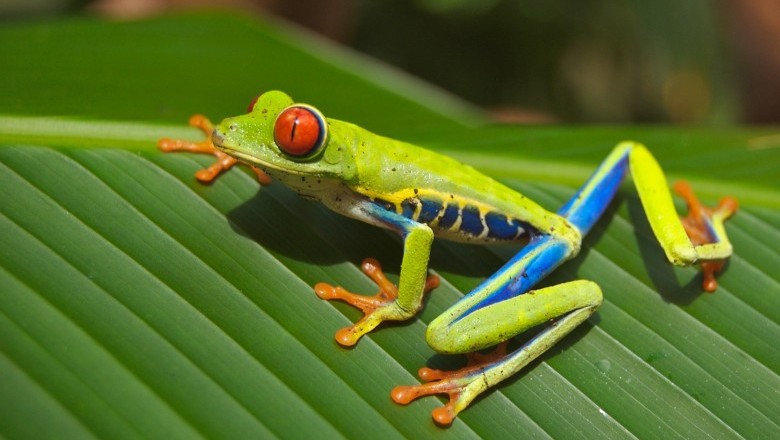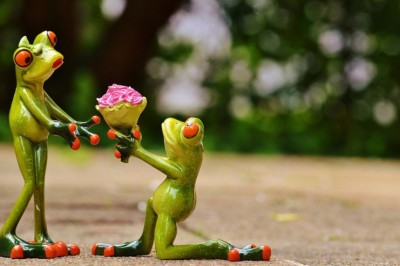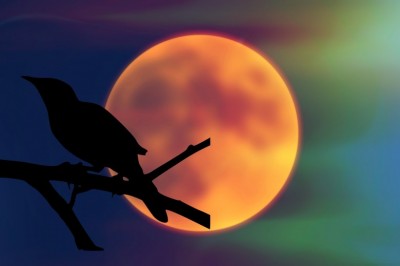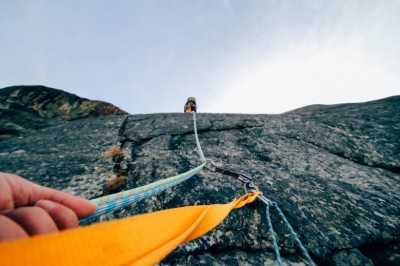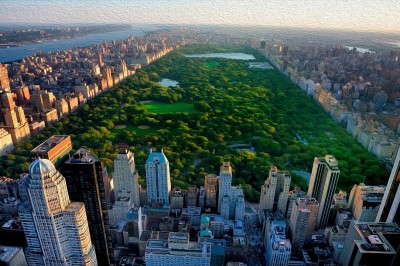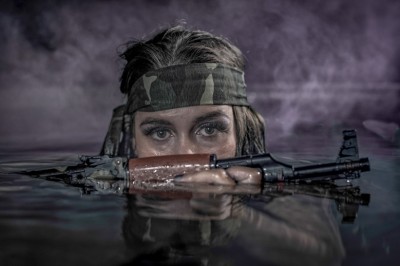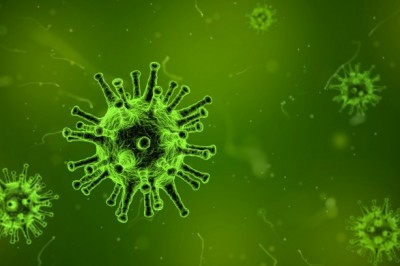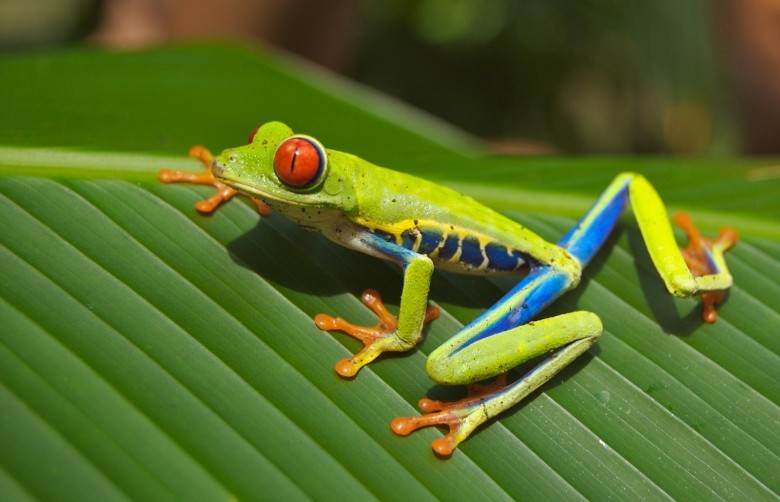
The Different Kinds Of Frog
Animals are typically simple to distinguish from other forms of life because most of them can move. This charge mechanism very well for most of the animals that live on the land but it is not forever the case for those that live in water. Here they live in water and in some gear have trailing arms or tentacles that make them look like plants. A reliable way of identifying animals is by their primitive biological skin. Their bodies are tranquil of many cells and they have nerves and muscles that enable them to retort to the world around them. They get the energy that they want by pleasing in food.
Animals are warmly byzantine and responsive compared to other forms of life. Even the simplest of animals react hastily to changes around them, shrinking away from likely danger or reaching out for food. The animals that are able to learn from experience and record to the animal world, are those animals with well urbanized nervous systems. The worlds principal living animals, baleen whales can live up to 25 metres long and weigh 120 tons. At the other end of the balance are microscopic organisms and sub microscopic flies and beetles. These animals are so tiny that their import is negligible but they still possess the body systems that are desirable for survival.
The different body sizes tolerate animals to live in different conduct. Whales have few birth predators and the same is confirmed of elephants, which is the main land animal. They are able to manner food on a very large scale because of the gigantic magnitude of their bodies. However they take a long time to reach maturity, which means that they are gradual to copy. Insects on the other hand are tranquil victim for many animals and their small size means that their bodies are not as energy helpful as large animals. Nevertheless because they can breed very fixed when the conditions are in their favour, their figures can grow at a very fast pace. Almost all the worlds chief and most personal animals are vertebrates; these are animals that have backbones.
They penetrate the highest animals on land, sea and air and the worlds most intelligent species (homo sapiens). Vertebrates are all united to one another, division an ordinary decent that goes back millions of being. However despite the truth the vertebrates direct the animal kingdom in many fields, they only make up a small marginal of the animal species known today. The limitless popular of species are invertebrates - animals lacking backbones. Invertebrates regularly have very little in common with one another (different vertebrates), apart from their need of a backbone.
The giant squid which is the major invertebrate, can calculate over 16 metres long but it is very much an immunity. Most of the invertebrates are very small and live in inaccessible habitats. Most animals are cold blooded (ectothermic), which means that their body temperature is determined by that of their surroundings. The ability to breed their own tender and to insist a loyal inner temperature, regardles of the conditions further, is particular to amiable blooded (endothermic) birds and mammals. This difference in body temperature has some far reaching things on the habits the animals guide their lives; this is because animal bodies work best when they are warm. Reptiles, amphibians and insects are cold blooded animals.
They can live very certainly when the conditions are warm but if the temperature drops, there work rate and energy slows down. They are able to absorb some warmth by being out in the sunshine but if the temperature cataract below about 50 degrees fahrenheit, their muscles work so slowly that they find it tricky to move. Mammals and birds are hardly unnatural by this kind of temperature change.
When the temperature falls below freezing, their domestic stage and good insulation helps them to linger active. In an unrefined way vertebrates perform as break units even while they may live together in families or in bigger groups. In the invertebrate world it is not strange for animals to be permanently linked to together, forming clusters that are known as colonies. These colonies often look and behave like single animals. Most are static but some, particularly those that live in the sea, are able to move around. Colonial species include some of the worlds most amazing invertebrates. Pyrosomes, for example, form colonies that are shaped like trial tubes which are large enough for a diver to swim enter. However in ecological terms the most important colonial animals reef shop corals, which design knotty structures that give havens for a series of other animals. In reef building corals, the members of each colony are typically like.
Nevertheless in some colonial species, the members have different shapes that are intended for different tasks. For example, the Portuguese man o war which looks like separate animals, called polyps that capture food, digest it, or reproduce. They use a giant crammed cyst as the colonys glide and droop beneath it. Animals obtain their energy from organic matter or food. They are able to break food up by digesting it and then absorb the substances that are released. These substances go into the animals cells where they are shared with oxygen to discharge energy.
This processed is called cellular respiration and is a controlled form of burning, with food acting as the fuel. The maturity of animals are also herbivores who eat only plants, omnivores which eat both plants and other animals and carnivores which eat other animals. There are also scavengers that nourish on quiet matter. All animals, regardless of their lifestyle ultimately afford food for other animals. All are connected by food chains which valley food and energy to each other. 90 percent of an animals energy is used to make its own body work and thus food chains are seldom more than six links long. Read about
what do frogs eatand
frog informationat the
Frog Factswebsite.



